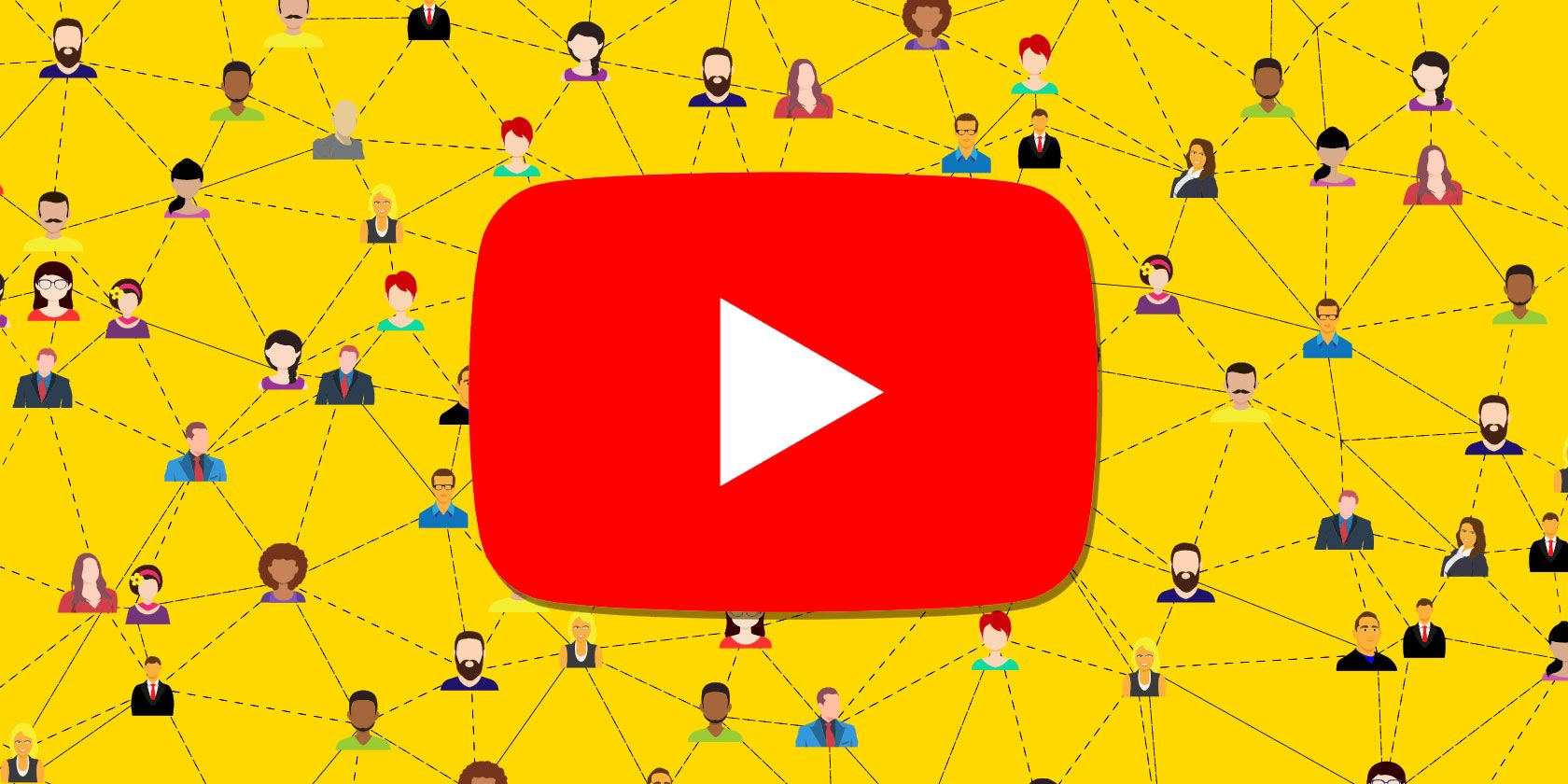
Yes, YouTube is considered social media. It allows users to create, share, and interact with content.
YouTube, launched in 2005, has grown into a leading platform where users upload and share videos. It offers a space for creators to engage with their audience through comments, likes, and shares. This interaction builds a community, making it a social media platform.
Users can follow channels, receive notifications, and participate in live streams. With billions of users worldwide, YouTube influences trends and public opinion. Its algorithm suggests content based on user preferences, enhancing the social experience. As a result, YouTube is not just a video-sharing site but a dynamic social media platform that fosters connection and engagement.
Defining Social Media
Social media has become an integral part of our daily lives. But what defines a platform as social media? Let’s explore the key characteristics that make a platform social media.
Key Characteristics
Social media platforms share certain key characteristics:
- User-generated content: Users create and share their content.
- Interaction: Users can interact through comments, likes, and shares.
- Community building: Users can follow others and form communities.
- Real-time updates: Content and interactions happen in real-time.
Is YouTube Social Media Platform?
Popular Platforms
Several platforms are widely recognized as social media:
| Platform | Unique Features |
|---|---|
| Friends, groups, events | |
| Tweets, retweets, hashtags | |
| Photos, stories, reels | |
| YouTube | Videos, channels, comments |
YouTube offers a unique blend of video content and social interaction. Users can create channels and share videos. They can also comment, like, and share videos, fostering community engagement.
Youtube’s Evolution
YouTube has transformed over the years. It started small and grew big. This section covers its early days and current status.
Early Days
YouTube started in 2005. Three former PayPal employees created it. They wanted a place to share videos easily.
The first video was uploaded by co-founder Jawed Karim. It was a short clip at the zoo. The site quickly gained popularity. By 2006, Google bought YouTube for $1.65 billion.
In its early days, YouTube was a simple video-sharing site. Users uploaded videos and shared links. There were no ads or revenue models. The platform was basic but effective.
Current Status
Today, YouTube is a giant in the digital world. It is more than just a video-sharing site. It has become a full-fledged social media platform.
Here are some features that highlight its current status:
- Monetization: Creators earn money through ads and memberships.
- Live Streaming: Users can broadcast live events and interact with viewers.
- Community Tab: Creators post updates, polls, and images.
- Shorts: YouTube’s answer to TikTok. Short, engaging videos.
These features make YouTube more interactive. Users can like, comment, and share. Creators build communities around their channels. YouTube’s evolution has been remarkable. It started as a simple idea and grew into a social media powerhouse.
Social Features Of Youtube
YouTube is more than just a video platform. It offers various social features. These features make YouTube a social media site. Let’s explore some key social features.
User Interaction
YouTube lets users interact with each other. Comments under videos create a space for discussion. Viewers can share thoughts and ask questions. Video creators often reply to comments. This builds a community.
Likes and dislikes allow users to express their opinions. A high number of likes shows a video is popular. Dislikes can give feedback to creators.
YouTube also has a subscription feature. Users can subscribe to their favorite channels. This keeps them updated with new content.
Content Sharing
Sharing content on YouTube is easy. Users can share videos on other social media platforms. This includes Facebook, Twitter, and Instagram.
YouTube has a Share button under each video. This button allows users to copy the video link. They can also share directly with other platforms.
Embedding videos is another feature. Users can embed YouTube videos on websites and blogs. This helps in spreading content widely.
Creators can also use the Community tab. This tab allows them to post updates, polls, and images. It’s a way to engage with their audience without making a video.
| Feature | Description |
|---|---|
| Comments | Users can discuss and share thoughts. |
| Likes/Dislikes | Express opinions about the video. |
| Subscriptions | Follow favorite channels for updates. |
| Share Button | Easily share videos on social media. |
| Embed Videos | Place videos on other websites and blogs. |
| Community Tab | Post updates, polls, and images. |

Credit: www.makeuseof.com
Comparison With Other Platforms
When comparing YouTube with other social media platforms, each platform has unique features. Understanding these differences can help users choose the best platform for their needs.
Facebook is a versatile platform known for connecting friends and family. It allows users to share updates, photos, and videos.
- Community Building: Facebook excels in creating groups and communities.
- Content Variety: Users can post text, images, videos, and live streams.
- Engagement: High engagement through likes, comments, and shares.
While YouTube focuses on video content, Facebook provides a broader range of content types. Both platforms offer live streaming, but Facebook’s community features are more robust.
Instagram is a visual platform that highlights photos and short videos. It’s popular for its aesthetic and influencer culture.
| Feature | YouTube | |
|---|---|---|
| Content Type | Photos and short videos | Long-form videos |
| Stories | Yes, 24-hour stories | Not available |
| IGTV | Yes, for longer videos | Not applicable |
Instagram’s focus on visual content makes it ideal for quick, engaging posts. YouTube, on the other hand, is perfect for detailed video content.
Community Building On Youtube
YouTube is more than just a video platform. It’s a thriving social media community. Creators and viewers connect, share, and build relationships. This sense of community is vital for the platform’s success.
Subscriber Engagement
Subscribers are the backbone of any YouTube channel. Engaging with them is crucial. Creators often use comments to interact with their audience. This fosters a sense of belonging.
- Reply to comments
- Host live Q&A sessions
- Create community posts
These activities keep subscribers engaged and loyal. They feel valued and part of the channel’s journey.
Influencer Culture
Influencers play a huge role on YouTube. They have a massive following. Their content impacts trends and opinions.
| Influencer Type | Description |
|---|---|
| Micro-Influencers | Smaller, niche audiences but highly engaged |
| Macro-Influencers | Large audience, broad appeal |
These influencers build strong communities around their content. They use their platforms to connect deeply with fans. This strengthens the overall community feel on YouTube.
Monetization And Its Impact
Youtube is not just a place for videos. It is a powerful platform for earning money. Many creators make a living from their channels. This section explores how Youtube monetization works and its impact on creators.
Ad Revenue
Ad revenue is the most common way creators earn money. Youtube displays ads before, during, or after videos. Creators earn money each time viewers watch these ads. The more views a video gets, the more money a creator can make.
- Ads can be skippable or non-skippable.
- Revenue depends on viewer location and ad type.
- High engagement leads to higher ad revenue.
Ad revenue can vary widely. Popular channels often earn more money from ads. Smaller channels may need other income sources.
Creator Economy
The creator economy includes various ways to earn money on Youtube. Besides ad revenue, creators have many options. They can sell merchandise, offer paid memberships, or use crowdfunding platforms.
| Method | Description |
|---|---|
| Merchandise | Creators sell branded products like t-shirts or mugs. |
| Paid Memberships | Viewers pay monthly for exclusive content. |
| Crowdfunding | Fans donate money to support the creator. |
The creator economy allows diverse income streams. This diversity helps sustain creators, especially when ad revenue fluctuates. Creators can build a loyal fanbase and earn a steady income.
“`
Debunking Myths
Many people wonder if YouTube counts as social media. Let’s explore and debunk common myths.
Youtube Vs. Social Media
Some think social media is only for chatting and sharing photos. YouTube offers video content, but is it social media?
| Feature | YouTube | Social Media |
|---|---|---|
| Primary Content | Videos | Text, Photos, Videos |
| User Interaction | Comments, Likes | Comments, Likes, Shares |
| Profile Pages | Yes | Yes |
Content Vs. Connection
YouTube focuses on video content. Social media focuses on connecting people. Can YouTube do both?
- YouTube creators share videos to inform and entertain.
- Viewers engage through comments and likes.
- Social media connects people through posts and messages.
- YouTube offers a vast library of videos.
- Social media offers a variety of content formats.
- Both platforms allow user interaction.
In many ways, YouTube acts like social media. Yet, its main focus is on video content creation and sharing.

Credit: www.nfi.edu
Frequently Asked Questions
Is Youtube Considered Social Media?
Yes, YouTube is considered social media. It allows users to create, share, and interact with content. This interaction makes it a social platform.
What Makes Youtube A Social Media Platform?
YouTube allows for content sharing, commenting, and community engagement. These features align with traditional social media characteristics.
How Does Youtube Differ From Other Social Media?
YouTube focuses primarily on video content. Other platforms offer a mix of text, images, and videos.
Can You Interact With Others On Youtube?
Yes, users can interact through comments, likes, and shares. They can also subscribe to channels.
Conclusion
YouTube undeniably fits the criteria of social media. It fosters interaction, content sharing, and community building. Users engage through comments, likes, and subscriptions. Its vast reach and diverse content make it a powerful platform. Embrace YouTube not just for entertainment but for social engagement and connection.


